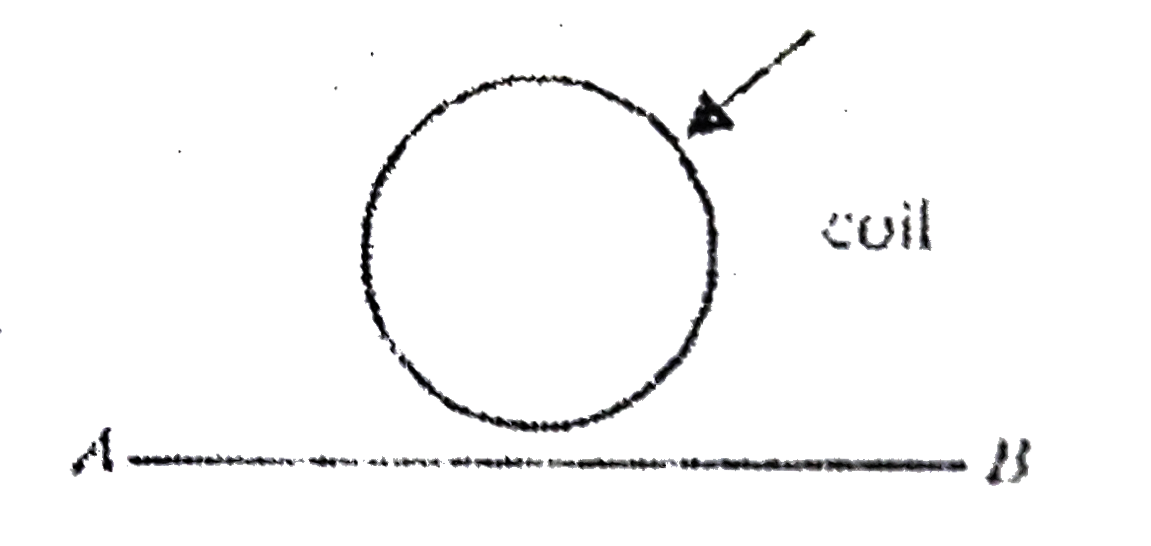In ETS, electrons moves from
NADH to O2
FADH to O2
H2O to O2
1 and 2
The correct Answer is:D
Step-by-Step Solution:
1. Understanding the Electron Transport Chain (ETS):
- The Electron Transport Chain (ETS) is a series of protein complexes located in the inner membrane of the mitochondria. It plays a crucial role in cellular respiration by facilitating the transfer of electrons.
2. Identifying Electron Donors:
- The primary electron donors in the ETS are NADH and FADH2. These molecules are generated during earlier stages of cellular respiration, such as glycolysis and the Krebs cycle.
3. Electron Flow:
- In the ETS, electrons are transferred from NADH and FADH2 to various electron carriers. This transfer occurs in a specific sequence, where electrons move from higher energy states to lower energy states.
4. Final Electron Acceptor:
- The electrons ultimately reduce oxygen (O2) to form water (H2O), which is the final electron acceptor in the chain.
5. Conclusion:
- Therefore, the correct answer to the question "In ETS, electrons move from" is that they move from both NADH and FADH2 to oxygen (O2), which leads us to the conclusion that the correct option is "both 1 and 2."
Final Answer:
- The correct option is 4, both 1 and 2.
---
- The Electron Transport Chain (ETS) is a series of protein complexes located in the inner membrane of the mitochondria. It plays a crucial role in cellular respiration by facilitating the transfer of electrons.
- The primary electron donors in the ETS are NADH and FADH2. These molecules are generated during earlier stages of cellular respiration, such as glycolysis and the Krebs cycle.
- In the ETS, electrons are transferred from NADH and FADH2 to various electron carriers. This transfer occurs in a specific sequence, where electrons move from higher energy states to lower energy states.
- The electrons ultimately reduce oxygen (O2) to form water (H2O), which is the final electron acceptor in the chain.
- Therefore, the correct answer to the question "In ETS, electrons move from" is that they move from both NADH and FADH2 to oxygen (O2), which leads us to the conclusion that the correct option is "both 1 and 2."
- The correct option is 4, both 1 and 2.
Topper's Solved these Questions
- RESPIRATION IN PLANTSBOOK - AAKASH SERIESCHAPTER - RESPIRATION IN PLANTSEXERCISE - Exercise-I (Respiratory Quotient)
18 Videos
- RESPIRATION IN PLANTSBOOK - AAKASH SERIESCHAPTER - RESPIRATION IN PLANTSEXERCISE - Exercise-II
26 Videos
- RESPIRATION IN PLANTSBOOK - AAKASH SERIESCHAPTER - RESPIRATION IN PLANTSEXERCISE - Exercise-I (Fermentation)
18 Videos
- PRINCIPLES OF INHERITANCE AND VARIATIONBOOK - AAKASH SERIESCHAPTER - PRINCIPLES OF INHERITANCE AND VARIATIONEXERCISE - EXERCISE -III (Previous AIPMT /NEET Questions)
37 Videos
- TRANSPORT IN PLANTS BOOK - AAKASH SERIESCHAPTER - TRANSPORT IN PLANTS EXERCISE - EXERCISE III
20 Videos
Similar Questions
According to Bohr's theory energy is ...when an electron moves from a lower to a higher orbit.
View SolutionAssertion :- In cellular respiration, ETS electron movement is a downhill journey.
Reason :- Electrons move from high redox potential to low redox potential to low redox potential.
View SolutionWhen a positively charged rod is kept in contact with an insulated metal, the electrons move from the ........
View SolutionAn electron moves from the positive to the negative terminal of a battery (9 V). How much potential energy did it gain or lose ?
View SolutionConsider an n-p-n transistor with its base - emitter junction forward biased and collector base junction reverse biased . Which of the following statements are true? a) electrons crossover from emitter to collector. b) Holes move from base to collector c) Electrons move from emitter to base d) Electrons from emitter move out of base without going to the collector
View SolutionHow does number of Valence electrons on moving from left to right
In the third period of a periodic table
View SolutionIf electron is moving from A to B in wire AB, then current AB, then current induced in the coil is

View Solutionan electron is released from rest in a region of uniform electric and magnetic field acting parallel to each other. The electron will (A) move in a straight line (B) move in a circle (C) remain stationary (D) move in a helical path
View SolutionHow does number of Valence electrons on moving from left to right
In the second period of a periodic table
View SolutionAn electron moves round the nucleus of an atom, in a circular path. What is the direction of the angular momentum of the electron ?
View Solution
